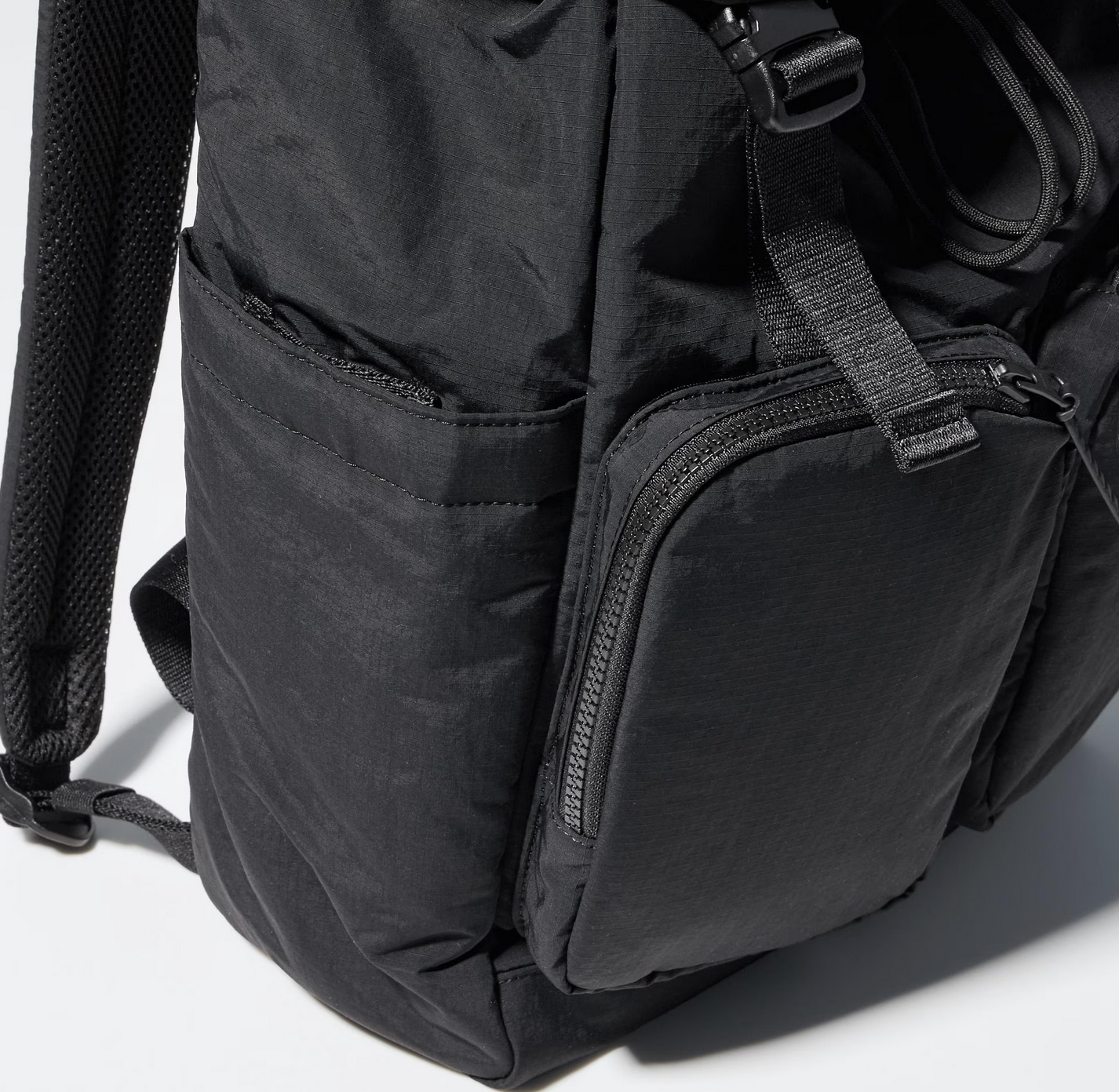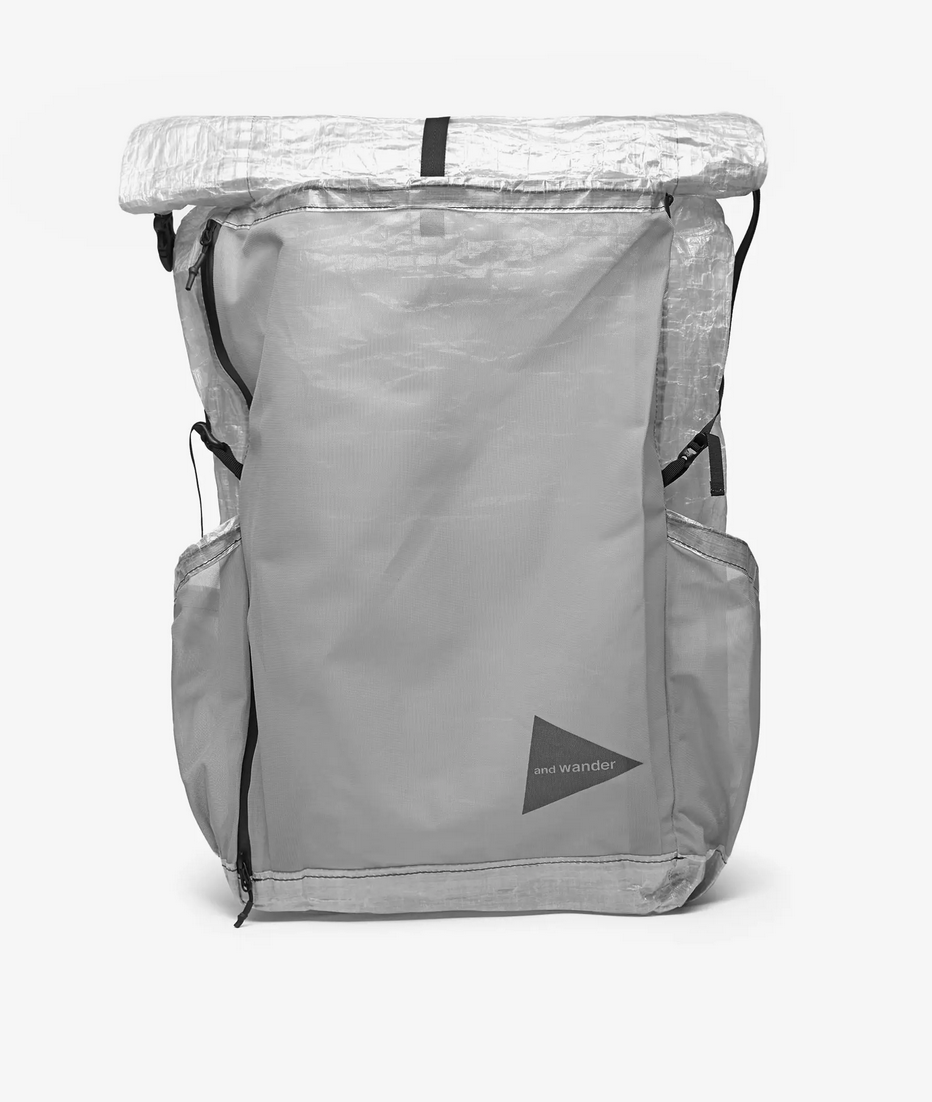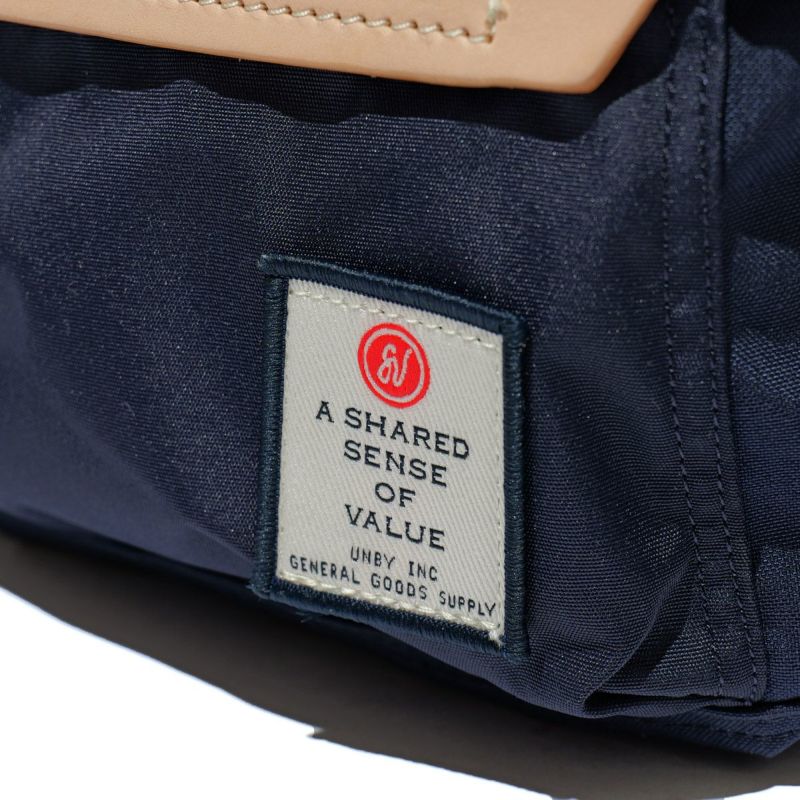Backpack companies are all over this, telling you about their green plans and materials. But if you look closer, you’ll see something weird: a lot of the big backpack makers still use tons of plastic, even while bragging about how eco-friendly they are.
This isn’t always just lying to you about being green. A lot of times, it’s because it’s hard to stop using materials that work well and are already part of how things are made. But it still makes you wonder, right?

Why Plastic Sticks Around: It Just Works
Plastic, like polyester and nylon, has been the go-to for backpacks for ages. It’s not just a random pick. It does a lot of things really well:
Super Tough: Backpacks need to carry heavy stuff, get thrown around, and survive all kinds of weather. Materials like nylon and polyester are crazy strong.
Keeps Water Out: You need to keep your stuff dry. Plastics can be treated to block water.
Lightweight: No one wants a heavy backpack. These materials are strong but don’t weigh much.
Cheap (If You Make a Lot): Plastic has been the cheapest way to make tons of stuff, which is why big brands use it.
Because of all this, it’s super hard to just stop using plastic, especially if you want to make good gear that doesn’t cost a fortune.
Recycled Plastics to the Rescue?
The best answer so far has been to use recycled plastic – you know, the kind that comes from plastic bottles, and recycled nylon. This is a cool idea because:
It Cleans Up Waste: Old plastic gets a new life instead of going to a landfill or the ocean. Saves Resources: It usually takes less energy and water to make recycled plastic than the brand stuff. Makes Things Circular: Using old materials instead of always grabbing new ones is a good way to be sustainable.
Big brands are putting recycled stuff in everything, from the outside of the bag to the inside lining. This makes customers happy and uses trash in a useful way.
Is It Really Green, or Just Looks That Way?
Even with recycled stuff, things get a little shady. That’s why people don’t always trust the green label:
It’s Still Plastic: Recycled is better, sure, but it’s still plastic. It doesn’t break down easily. The real goal is to use stuff that rots away, comes from plants, or can be recycled forever.
How Much Is Recycled, Really?: A bag might say made with recycled stuff, but what does that really mean? Is the whole thing recycled, or just a tiny part? Brands that care tell you exactly how much recycled material is in there.
Brand New Parts Are Still Around: Even if a bag is mostly recycled, things like zippers and buckles are often brand new plastic. Finding recycled versions that are strong enough and cheap enough can be tricky.
More Than Just Materials: Being green is more than just picking the right fabric. It’s about the whole thing:
Fair Labor: Are the workers paid fairly and treated well?
Good Dyes: Are they using dyes that don’t hurt the planet and save water? Are they avoiding nasty chemicals?
Good Packaging: Is the bag packed with as little waste as possible, using recycled materials?
Lasts a Long Time: Will the backpack last for years, so you don’t need to buy a new one all the time?
If a brand is all about recycled stuff but doesn’t talk about these other things, it might just be trying to trick you into buying their stuff.
What You Can Do in 2025
As smart shoppers, we have the power to make a change with what we buy and what we ask:
Read the Details: Don’t just look at the recycled label. Find out how much is recycled and what materials are used.
Choose Open Brands: Go with brands that tell you about their factories, workers, and materials. Look for labels from trusted groups.
Buy Stuff That Lasts: The best backpack is one you use for years. Pick good quality, no matter what it’s made of.
Check Out Other Options: Look for new brands using plant fibers, plastics made from plants, and trash that’s turned into something new.
Speak Up: Tell brands you want more information.
The backpack world is getting greener, and recycled plastics are a good start. But the brands that really care are the ones that look at the whole picture. We can help make this happen by being smart about what we buy.
#GreenDilemma #SustainableBags #BackpackIndustry #PlasticProblem #EcoFriendly #Greenwashing #RecycledPlastic #CircularEconomy #EthicalManufacturing #ConsciousConsumer #SustainabilityTrends #SupplyChain #Microplastics #BrandTransparency #EcoAwareness #BuyLessChooseWell #FashionRevolution #EcoResponsibility #ProductLifeCycle #RethinkPlastic



